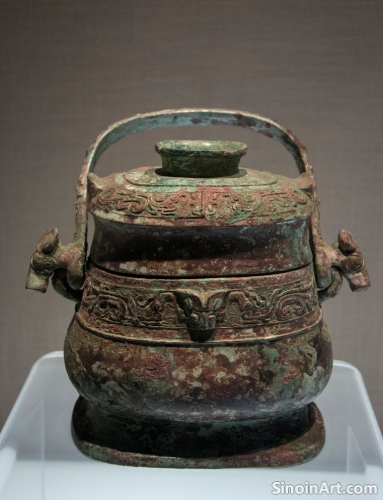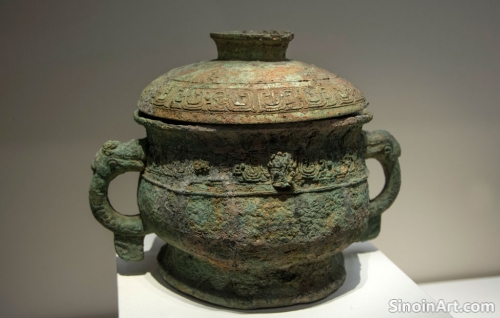The Use of Bronze in Ancient Chinese Water Clocks and Timekeeping Devices
|
Beyond sundials, bronze was also used to create intricate water clocks and other timekeeping devices in ancient China, highlighting the importance of accurate time measurement for agricultural, social, and ritualistic purposes. The use of bronze in the creation of these devices also reflects the complex ingenuity and technical expertise of the time. The need for accurate time keeping was a driving factor in technological innovation during this era.  Bronze was used to create gears, levers, and other components of water clocks, allowing for the accurate and reliable measurement of time. The precise creation of these mechanisms helped to enhance the accuracy and reliability of these instruments.  The complex designs of these clocks often incorporated astronomical and calendrical data, demonstrating the close connections between timekeeping, astronomy, and the larger understanding of the universe. These devices were often a synthesis of art, science, and practical needs. The designs of these instruments also serve to highlight their spiritual and cosmological meaning.  Bronze water clocks helped to standardize timekeeping across different regions and facilitated the coordination of activities such as agriculture, trade, and religious observances. The accurate tracking of time was key to the effective management of complex social and agricultural systems. The study of bronze water clocks and other timekeeping devices provides valuable insights into ancient Chinese technology, science, and their understanding of the flow of time. These objects helped to shape both the daily life and the cosmological beliefs of the time. The combination of art, technology, and science made these objects both functionally important and also deeply fascinating. |
Tag : bronze water clocks, ancient Chinese timekeeping, astronomical instruments, ancient technology, clock mechanisms
Related information
- The Influence of Zhou Dynasty Ritual Bronzes on Later Chinese Art and Culture
- The Craftsmanship Behind Chinese Bronze Ware: Techniques and Methods
- Bronze Ware and Ancient Chinese Conceptions of Time: Cycles, Rituals, and Cosmic Order
- The Preservation of Bronze Ware: Balancing Scientific Methods with Artistic Understanding
- Bronze Ware and the Development of Ancient Chinese Music Theory: The Role of Tuned Instruments
This article explores the lasting influence of Zhou Dynasty ritual bronzes on later Chinese art and culture, highlighting their impact on forms, designs, the importance of inscriptions, and the continued relevance of ritual and ancestral veneration.
This article explores the craftsmanship behind Chinese bronze ware, detailing the lost-wax casting method, the composition of bronze alloys, and the intricate techniques used to create the detailed designs, highlighting the technical mastery of ancient bronze workers.
This article explores the connection between bronze ware and ancient Chinese conceptions of time, highlighting its role in creating timekeeping devices, marking ritual cycles, and revealing a worldview that emphasized the importance of understanding the cosmos and its patterns.
This article explores the preservation of Chinese bronze ware, highlighting the balancing act between scientific analysis and artistic understanding, the need for specialized techniques and ethical considerations, and also the need to provide access and ensure their long-term care.
This article explores the influence of bronze ware on the development of ancient Chinese music theory, highlighting the role of tuned instruments, especially bianzhong bells, and their impact on scales, harmonies, and the understanding of musical structure.